If you’ve ever marveled at the intricate details and exquisite beauty of miniature paintings, then get ready to take a delightful trip through history as we explore some of the most famous miniature paintings ever created. From delicate portraits to intricate landscapes, these small-scale masterpieces have captivated art lovers for centuries, showcasing the incredible skill and artistry of their creators. Join us as we delve into the world of miniature art and uncover the stories behind these remarkable works that have left a lasting impression on the art world.
Medieval Miniatures
Medieval miniatures were intricate, detailed, and breathtaking artworks that flourished during the Middle Ages. Among the most famous and celebrated examples of medieval miniatures are The Book of Kells, Les Très Riches Heures du Duc de Berry, and The Bedford Hours.
The Book of Kells
The Book of Kells is an illuminated manuscript Gospel book dating back to the 9th century and is widely regarded as one of the greatest masterpieces of medieval art. Created by Celtic monks, it is lavishly decorated with intricate and vibrant illustrations, including intricate knotwork, ornamental designs, and vibrant colors. The painstaking attention to detail in The Book of Kells is both awe-inspiring and captivating, leaving viewers mesmerized by its beauty.
Les Très Riches Heures du Duc de Berry
Les Très Riches Heures du Duc de Berry is a remarkable manuscript created in the early 15th century by the Limbourg brothers for Duke Jean de Berry. This masterpiece features exquisite illustrations showcasing scenes from the life of Christ, the seasons, and the Duke’s courtly life. The delicate brushwork, rich colors, and intricate details make this manuscript a true treasure of Renaissance art.
The Bedford Hours
The Bedford Hours is a lavish illuminated manuscript commissioned by John, Duke of Bedford around the 15th century. This extraordinary piece of art contains an array of exquisite illustrations depicting scenes from the biblical narratives, calendar pages, and intricate borders adorned with delicate flowers, animals, and mythical creatures. The Bedford Hours is a testament to the skill and craftsmanship of the medieval artists who created it, leaving a lasting impression on all who behold its beauty.
Renaissance and Baroque Miniatures
During the Renaissance and Baroque periods, miniature paintings continued to evolve and became even more refined. Artists explored new techniques and subjects, resulting in stunning works of art that showcased their mastery. Some of the notable miniature painters from this era include Nicholas Hilliard and the Mughal School Miniatures.
Portrait Miniatures
Portrait miniatures became especially popular during the Renaissance and Baroque periods, as they allowed individuals to carry small, exquisite portrayals of their loved ones. These miniature paintings were often done on vellum or ivory and featured intricately detailed portraits. Artists such as Nicholas Hilliard in England gained fame for their exceptional skills in capturing the likeness and essence of the subjects on a small scale.
Mughal School Miniatures
In India, the Mughal Empire witnessed the rise of the Mughal School Miniatures. This art form blended Persian and Indian influences, resulting in paintings that showcased graceful figures, vibrant colors, and intricate details. Mughal miniatures often depicted the royal court, historical events, and scenes from everyday life in a highly stylized and meticulous manner.
Nicholas Hilliard’s Miniatures
Nicholas Hilliard was an English goldsmith and miniaturist who rose to prominence during the late 16th and early 17th centuries. His miniature portraits, often painted on vellum, captured the likeness of his subjects with remarkable accuracy and attention to detail. Hilliard’s artistry, characterized by his signature “face centered in space” technique, influenced generations of painters and established him as one of the leading portrait miniaturists of his time.
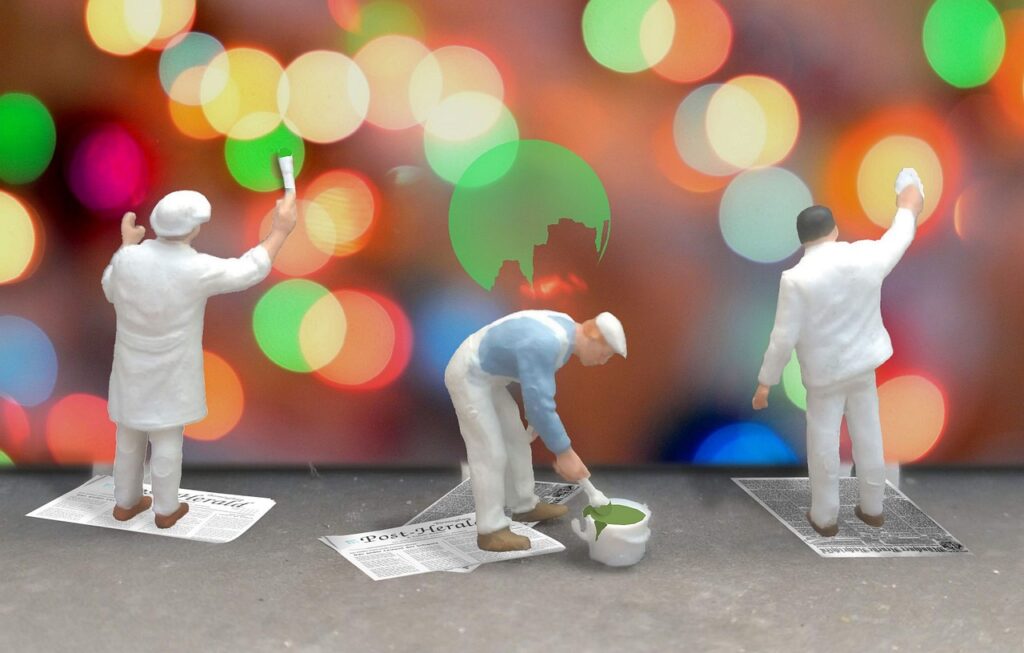
Indian Miniature Paintings
India boasts a rich tradition of miniature paintings that originated in different regions and flourished under various dynasties. Rajput Miniature Paintings, Mughal Miniature Paintings, and Tanjore Miniature Paintings are among the most prominent styles within Indian miniature art.
Rajput Miniature Paintings
Rajput Miniature Paintings emerged in the 16th century and were created under the patronage of Rajput courts in Rajasthan. These paintings portrayed themes from Hindu mythology, Rajput legends, and courtly life. Characterized by vibrant colors, intricate details, and lyrical compositions, Rajput miniatures reflect the spiritual and cultural wealth of Rajasthan.
Mughal Miniature Paintings
Mughal Miniature Paintings flourished during the Mughal Empire under the patronage of emperors like Akbar, Jahangir, and Shah Jahan. These paintings blended Persian and Indian artistic traditions and were characterized by their delicate brushwork, harmonious color schemes, and a fusion of realism and idealism. Mughal miniatures often depicted courtly life, historical events, and scenes from nature with great precision and beauty.
Tanjore Miniature Paintings
Originating in Tamil Nadu, Tanjore Miniature Paintings are known for their rich colors, intricate gold leaf work, and striking embellishments. These paintings often depict Hindu gods, goddesses, and mythological scenes, radiating with divine presence and spiritual symbolism. The use of precious stones and 22-karat gold foils adds a touch of opulence and grandeur to these highly ornate and unique artworks.
Persian Miniature Paintings
Persian miniature paintings have a long and illustrious history that spans several centuries. Known for their intricacy, vivid colors, and delicate brushwork, Persian miniature paintings offer a glimpse into the rich cultural heritage of Persia. Notable styles within Persian miniature art include Shahnama Miniatures, Safavid Miniature Paintings, and Qajar Miniature Paintings.
Shahnama Miniatures
Shahnama Miniatures are illustrations inspired by the Persian epic poem “Shahnama” (The Book of Kings). Created over several centuries, these miniature paintings depict heroic adventures, ancient myths, and historical events from pre-Islamic and Islamic Persia. The intricate details, vibrant colors, and meticulous craftsmanship of these miniatures bring the narrative of “Shahnama” to life, capturing the imagination of viewers.
Safavid Miniature Paintings
During the Safavid dynasty (16th to 18th centuries), Persian miniature painting reached its zenith. The Safavid Miniature Paintings showcased richly illustrated manuscripts, often commissioned by the royal court, and explored themes of poetry, romance, Sufism, and Persian folklore. These miniatures, characterized by their exquisite details, delicate brushwork, and bold use of colors, reflect the sophistication and artistic prowess of the Safavid period.
Qajar Miniature Paintings
Qajar Miniature Paintings evolved during the Qajar dynasty (18th to early 20th centuries) and marked a departure from the earlier traditions of Persian miniature art. Influences from European art styles became more prominent, resulting in a fusion of traditional Persian aesthetics and Western techniques. Qajar miniatures often featured elegant courtly scenes, portraits of rulers, and glimpses into everyday life, characterized by their rich colors, lavish details, and a blend of cultural influences.
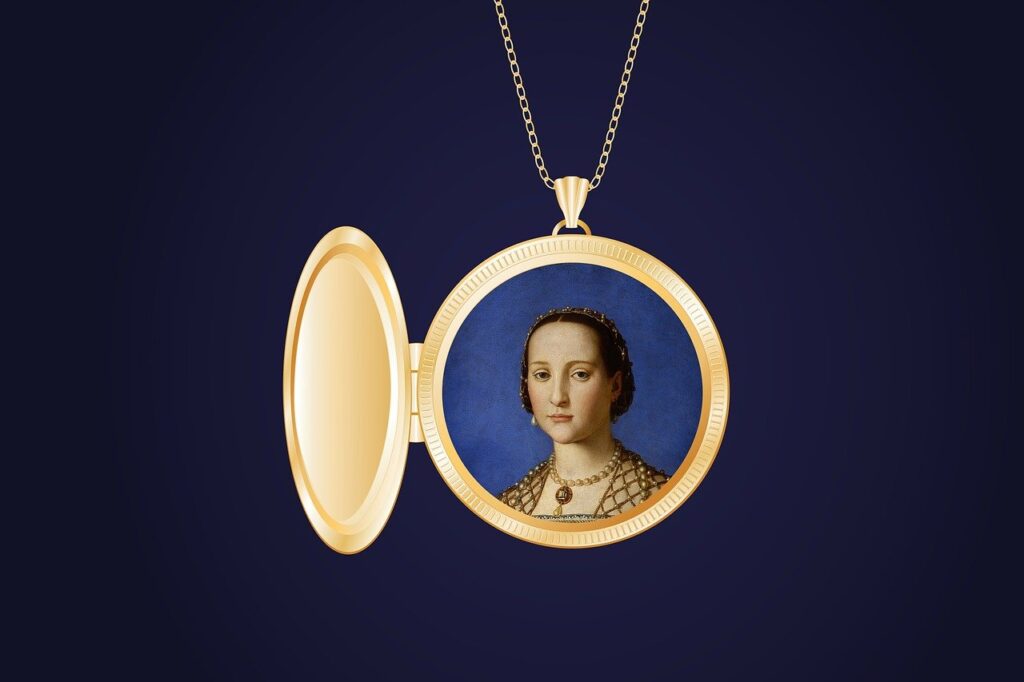
Chinese and Japanese Miniature Paintings
Chinese and Japanese miniature paintings hold a special place in the realm of Asian art. With their refined techniques, delicacy, and attention to detail, these miniature masterpieces have captivated audiences for centuries. Notable styles within Chinese and Japanese miniature art include Chinese Gongbi Miniature Paintings, Chinese Bird-and-Flower Paintings, and Japanese Rakuchu Rakugai Zu.
Chinese Gongbi Miniature Paintings
Chinese Gongbi Miniature Paintings are characterized by meticulous brushwork, precise details, and a focus on capturing the essence of the subject. These paintings often depict historical figures, landscapes, and birds and flowers, portraying their subjects with great finesse and realism. Gongbi paintings showcase exquisite craftsmanship, showcasing the skill of the Chinese artists who created them.
Chinese Bird-and-Flower Paintings
Bird-and-Flower Paintings have a long-standing tradition in Chinese art and are beloved for their delicate depictions of birds, flowers, and other elements of nature. These miniature paintings often showcase the harmony and beauty found in the natural world, with precise brushwork and vibrant colors that bring the subjects to life. Chinese Bird-and-Flower Paintings reflect a deep appreciation for nature and offer a serene and contemplative viewing experience.
Japanese Rakuchu Rakugai Zu
Rakuchu Rakugai Zu, meaning “Scenes in and around Kyoto,” is a popular subject in Japanese miniature paintings. These intricate artworks depict panoramic views of Kyoto, capturing the bustling streets, temples, and picturesque landscapes of the city. Rakuchu Rakugai Zu showcases the skill of Japanese artists in capturing the architectural details, atmospheric conditions, and the essence of daily life in a vibrant and immersive manner.
Modern Miniature Paintings
While miniature paintings are often associated with historical eras, the art form continues to thrive in the modern world. Artists have embraced miniature painting techniques while exploring contemporary themes and styles. Notable genres within modern miniature art include Islamic Calligraphy Miniature Paintings, Maritime Miniature Paintings, and Contemporary Miniature Paintings.
Islamic Calligraphy Miniature Paintings
Islamic Calligraphy Miniature Paintings fuse the elegance of traditional Arabic calligraphy with the intricate beauty of miniatures. These artworks often feature verses from the Quran or quotes from Islamic literature and are exquisitely executed with meticulous attention to detail. Islamic Calligraphy Miniature Paintings combine spirituality, visual aesthetics, and skilled craftsmanship, paying homage to the rich tradition of Islamic art.
Maritime Miniature Paintings
Maritime Miniature Paintings capture the beauty and grandeur of seascapes, ships, and maritime life in a small scale. These artworks often depict sailing vessels, harbors, and coastal landscapes with incredible precision and detail. Maritime Miniature Paintings allow viewers to experience the vastness of the ocean and the spirit of exploration, encapsulating the allure of the sea within a compact canvas.
Contemporary Miniature Paintings
Contemporary Miniature Paintings push the boundaries of traditional miniature art, embracing innovative techniques, and addressing modern themes. Artists like Waqas Khan, Shirin Neshat, and Neo Rauch have reimagined the art form, infusing it with their unique perspectives. These contemporary miniatures explore diverse subjects, ranging from sociopolitical issues to personal narratives, while maintaining the meticulous skills of traditional miniature painting.
European Portrait Miniatures
European portrait miniatures gained popularity during the 16th to 18th centuries, offering individuals a way to carry a beloved portrait with them or display it in an intimate setting. Among the notable artists who excelled in this genre were Hans Holbein the Younger, Jean-Baptiste Jaquet-Droz, and Richard Cosway.
Hans Holbein the Younger
Hans Holbein the Younger, a renowned German artist, was highly regarded for his exceptional talent in portraiture. His miniature portraits, often painted in watercolor on vellum or parchment, captured the likeness and character of his subjects with extraordinary precision. Holbein’s attention to detail, subtle use of colors, and ability to convey complex emotions made him a prominent figure in European portrait miniatures during the Renaissance.
Jean-Baptiste Jaquet-Droz
Jean-Baptiste Jaquet-Droz from Switzerland was a master of automata and a skilled painter of portrait miniatures during the 18th century. He incorporated his engineering expertise into his miniature paintings, often incorporating mechanical elements into the artworks. His creations were not only visually stunning but also contained hidden surprises, adding an element of wonder and intrigue to the miniature portraits.
Richard Cosway
Richard Cosway, an English portrait painter, was renowned for his miniature portraits among the aristocracy and high-society circles of the late 18th and early 19th centuries. His delicate and refined style, characterized by soft brushwork, subtle use of colors, and intricate details, earned him immense popularity. Cosway’s miniatures often portrayed the fashionable elite of his time, reflecting the elegance and opulence of the Georgian era.
Islamic Miniature Paintings
Islamic miniature paintings encompass a wide range of artistic traditions and styles that have flourished across different regions over centuries. Notable styles within Islamic miniature art include Persian and Central Asian Miniature Paintings, Mughal Miniature Paintings, and Safavid Miniature Paintings.
Persian and Central Asian Miniature Paintings
Persian and Central Asian Miniature Paintings form a significant part of Islamic miniature art history. These styles emerged under various Persian and Central Asian dynasties and courtly traditions. Known for their intricate details, vibrant colors, and elegant compositions, these miniatures often draw inspiration from Persian literature, poetry, and spiritual themes, capturing the essence of Persian and Central Asian cultures.
Mughal Miniature Paintings
Mughal Miniature Paintings in India flourished during the Mughal Empire, blending Persian and Indian artistic influences. Artists under the patronage of Mughal emperors created stunning miniatures that depicted courtly life, historical events, and religious themes. Mughal miniatures are characterized by their meticulous details, delicate brushwork, and harmonious color schemes, showcasing the artistic brilliance of the Mughal era.
Safavid Miniature Paintings
Safavid Miniature Paintings, created under the patronage of the Safavid dynasty in Persia, reached great heights during the 16th to 18th centuries. These miniatures often feature lush landscapes, courtly scenes, and mystical motifs, reflecting the diversity of Persian culture. Safavid miniatures are known for their opulent details, intricate designs, and striking colors, capturing the grandeur and sophistication of the Safavid period.
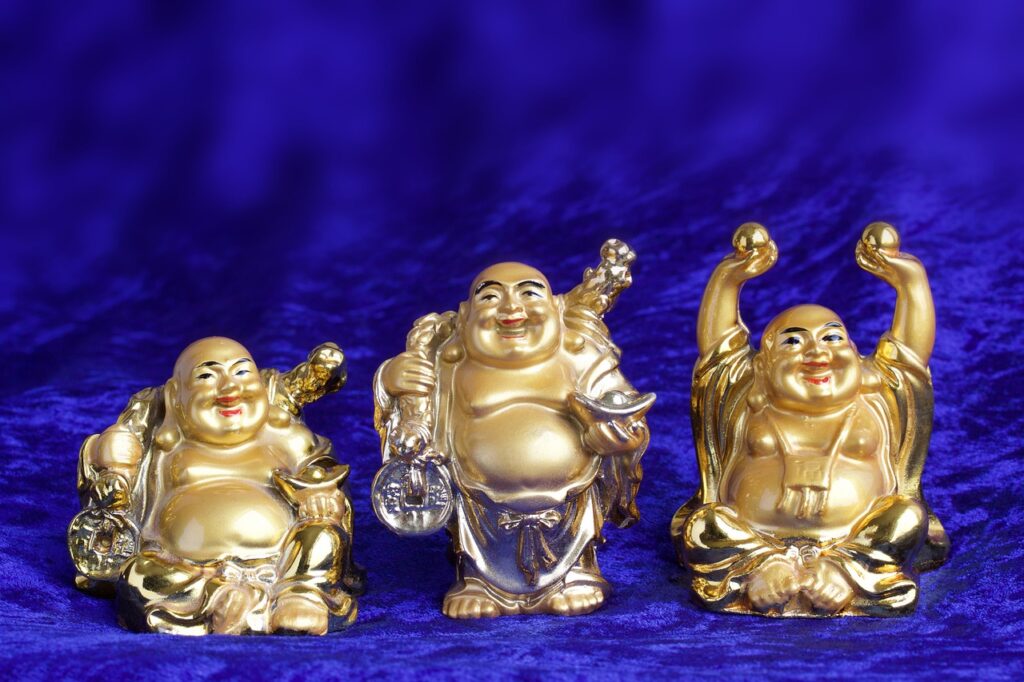
Contemporary Miniature Artists
In the contemporary art world, many artists continue to explore and reinvent the miniature painting tradition. Their work showcases a fusion of traditional techniques with modern themes and concepts, creating unique and thought-provoking artworks. Among the notable contemporary miniature artists are Waqas Khan, Shirin Neshat, and Neo Rauch.
Waqas Khan
Waqas Khan, a Pakistani artist, has gained international recognition for his mesmerizing abstract miniature paintings. Using delicate lines and intricate patterns, Khan creates harmonious compositions that evoke a sense of tranquility and contemplation. His artworks transcend cultural boundaries, providing a fresh perspective on the power of miniature art in the contemporary world.
Shirin Neshat
Shirin Neshat, an Iranian-American artist, explores themes of identity, gender, and politics through the medium of miniature photography and videography. Her compelling artworks often challenge traditional notions and reflect on the complex realities of the modern world. Neshat’s thought-provoking and visually striking pieces have earned her acclaim worldwide, making her a prominent figure in contemporary miniature art.
Neo Rauch
Neo Rauch, a German artist, merges elements of surrealism, symbolism, and figurative art in his contemporary miniature paintings. His works often feature dreamlike settings, enigmatic narratives, and vibrant colors, creating a sense of mystery and intrigue. Rauch’s distinctive style, rich with symbolism and depth, invites viewers to delve into the subconscious and explore the complexities of the human experience.
Unique Themes in Miniature Paintings
Miniature paintings have a vast range of subject matters, allowing artists to explore various themes and narratives. Some unique themes that have been depicted in miniature paintings throughout history include Mughal Hunting Scenes, Bhagavata Purana Illustrations, and Japanese Cherry Blossom Paintings.
Mughal Hunting Scenes
Mughal Hunting Scenes were a popular subject in Mughal miniature paintings, showcasing the royal pastime of hunting. These artworks depicted rulers and their hunting expeditions, often surrounded by a retinue of courtiers and entourage. The intricate details and vibrant colors brought to life the grandeur of the hunts, capturing a moment in time that reflected the opulence and power of the Mughal Empire.
Bhagavata Purana Illustrations
Bhagavata Purana Illustrations are miniatures that portray stories from the ancient Hindu scripture, the Bhagavata Purana. These artworks depicted tales of Hindu gods, divine incarnations, and mythical beings, capturing the essence of devotion and spirituality. The intricate brushwork, vibrant colors, and symbolic imagery in these miniatures transported viewers into the magical world of Hindu mythology.
Japanese Cherry Blossom Paintings
Japanese Cherry Blossom Paintings, also known as Sakurazukushi-e, are miniature artworks that celebrate the ephemeral beauty of cherry blossoms. These delicate paintings often depict blooming cherry trees and celebrate the arrival of spring in Japan. Japanese artists meticulously capture the transient nature of cherry blossoms using subtle brushstrokes and soft colors, evoking a sense of joy, renewal, and the fleeting moments of life.
Throughout history, miniature paintings have captivated viewers with their intricate details, vibrant colors, and rich narratives. From medieval gems like The Book of Kells to contemporary masterpieces by artists like Waqas Khan and Shirin Neshat, miniature art continues to inspire and evolve. Whether depicting portraits, historical events, or spiritual themes, these artworks offer an intimate and enchanting visual experience, inviting us to explore diverse cultures, artistic techniques, and the remarkable talents of countless artists across the ages.
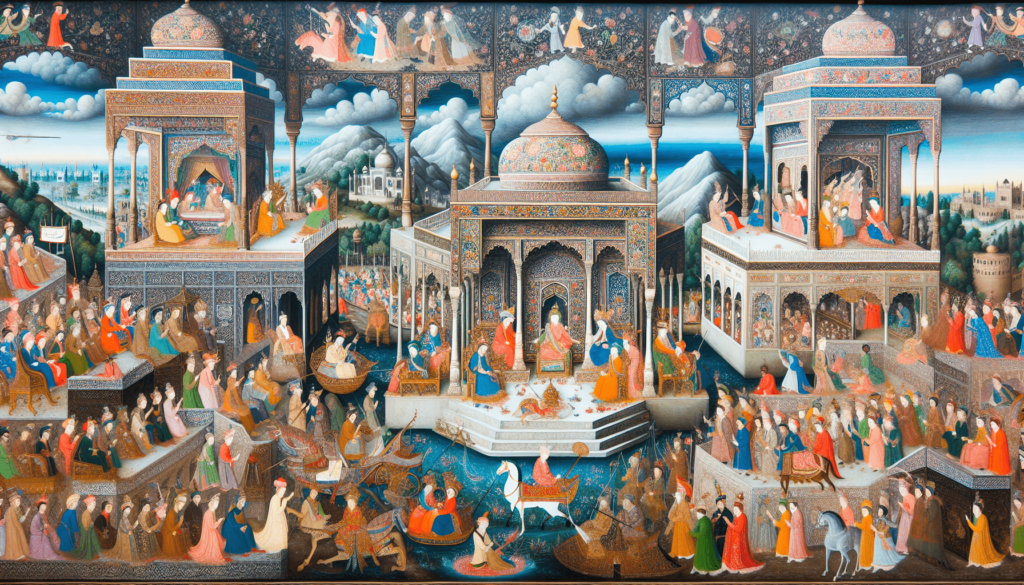
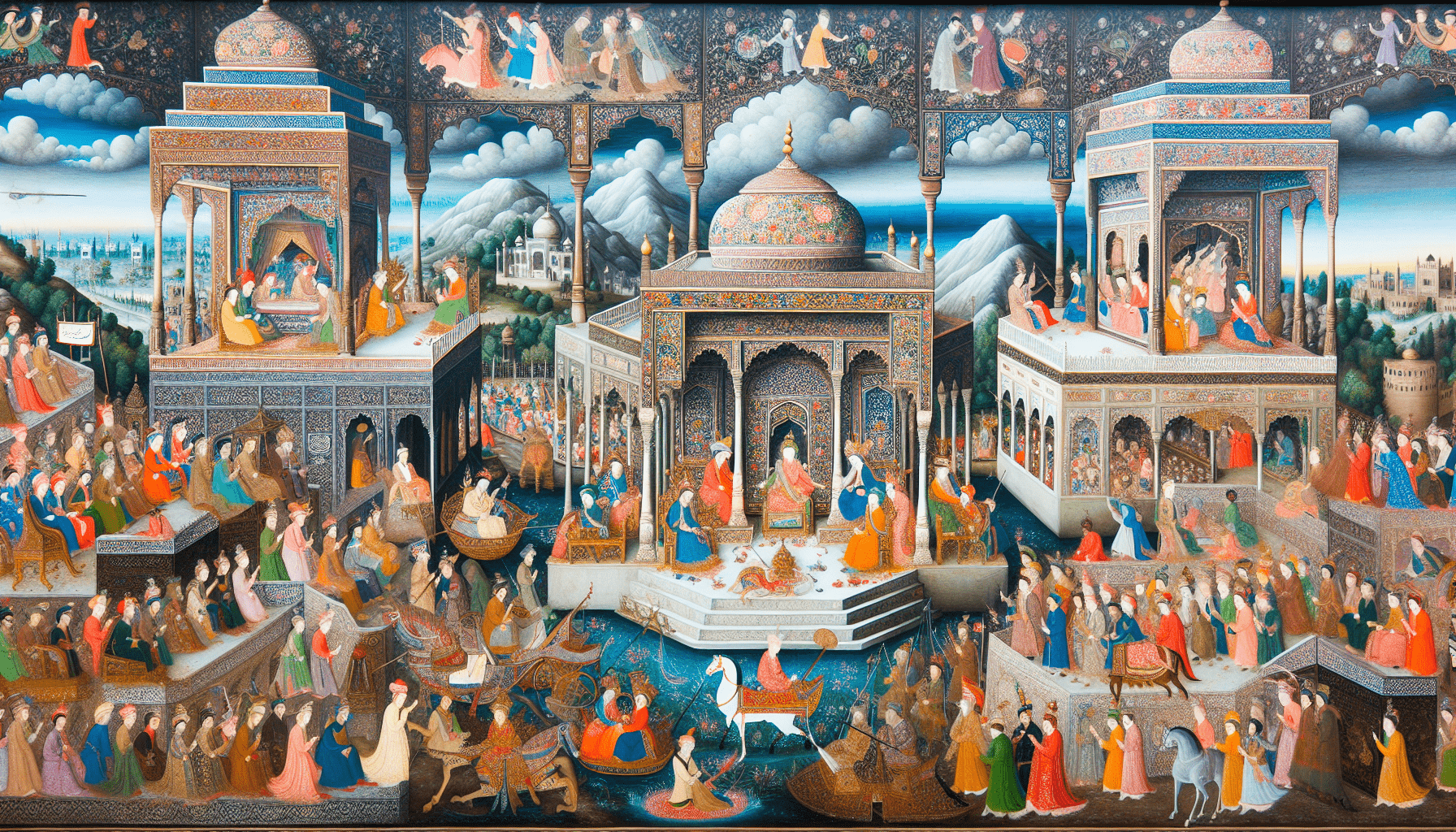
Leave a Reply